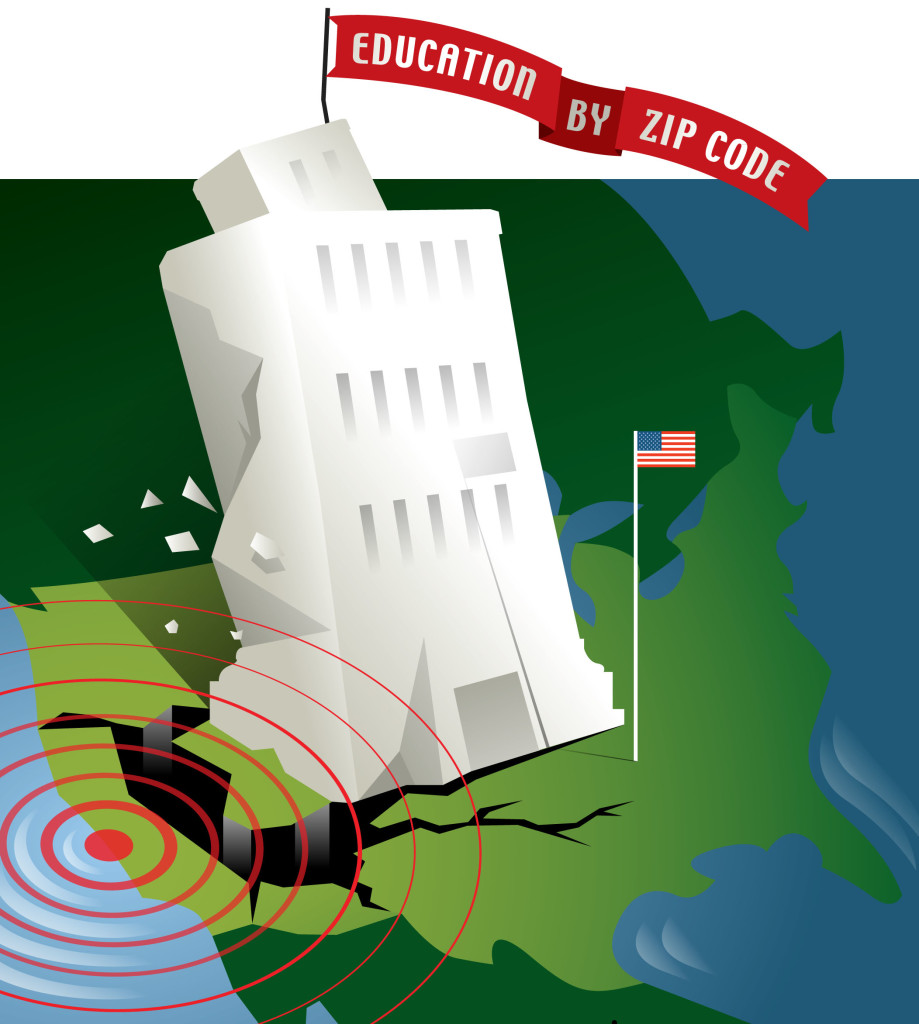Tag: Democrats

revisitED: California Dreamin’
Editor’s note: This month, redefinED is revisiting the best examples of our Voucher Left series, which focuses on the center-left roots of school choice. Today’s post from December 2015 describes efforts to put school vouchers on the 1980 California ballot. How the left almost pulled off a school choice revolution... READ MOREI won’t be part of a Democratic Party that bashes school choice
I’ve been a militant advocate, organizer and member of the...
READ MOREBy criticizing school choice, Democrats may well alienate Democrats
If you asked parents of students victimized by bullying (like...
READ MOREBetsy DeVos, Jimmy Carter and Democratic retreats on school choice
The confirmation battle over Betsy DeVos eroded middle ground over...
READ MORECalifornia Dreamin’
How the left almost pulled off a school choice revolution...
READ MOREX Factor
On the California school choice front, an unexpected champion This...
READ MORETeachers unions, school choice and the Democratic Party’s retreat
This is the latest post in our series of the...
READ MOREBerkeley liberals and the roots of ESAs
This is the second post in our series on the...
READ MOREMeet the Voucher Left
By critics, by media, and even by many supporters, it’s...
READ MOREFor everyday Americans, Hillary Clinton should embrace school choice
by Kevin P. Chavous When Hillary Clinton announced her presidential...
READ MORENew York passes budget this morning without statewide tax credit scholarships
A bipartisan plan to bring tax-credit scholarships to one of...
READ MORE

